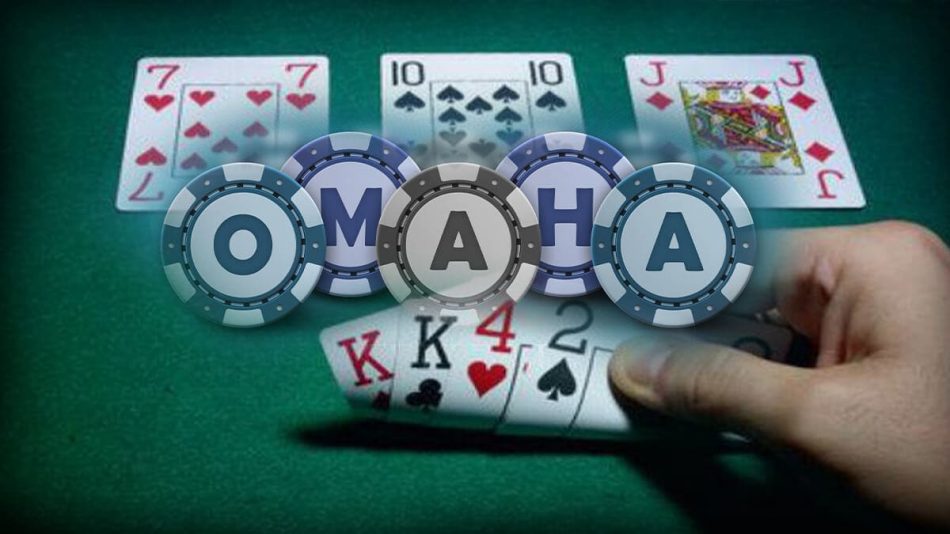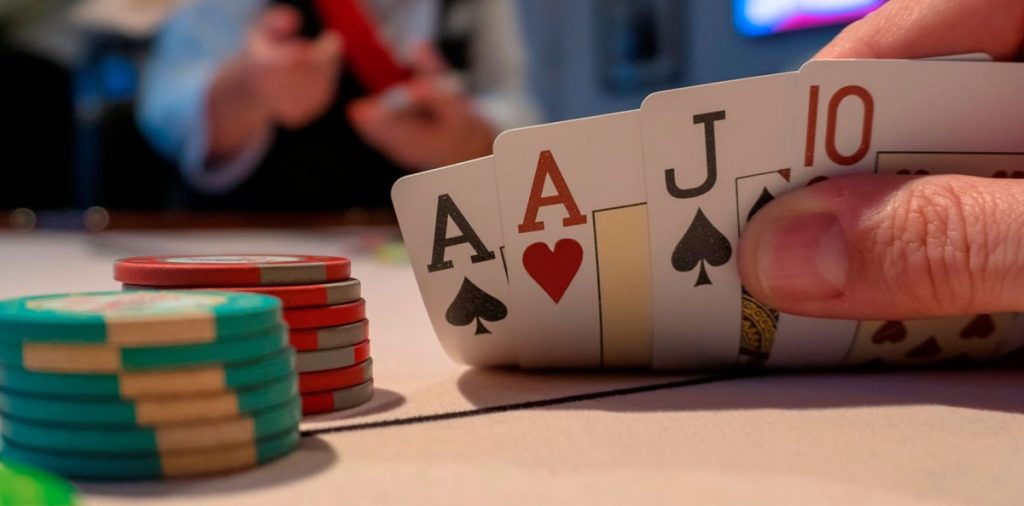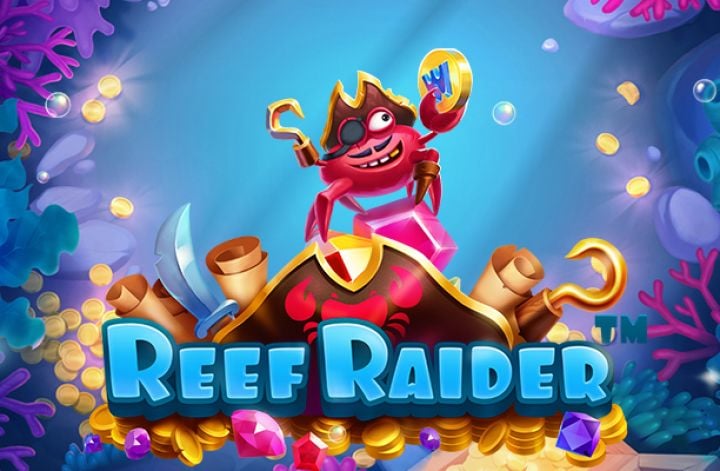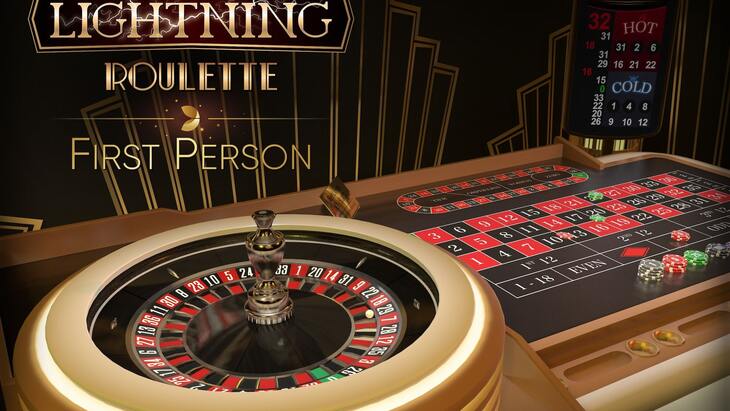5 Card Omaha poker: Fundamentals and Principles of a Winning Strategy

After Texas Hold’em, 5 Card Omaha is arguably the most popular poker game in the world. The regular 4 card has been such a big success since its launch in the online poker room that people have come up with many variations. Many players prefer Omaha to Texas Hold’em because they get 5 cards versus 2 which gives them a better chance of making money.
5 Card Omaha Strategy
It should be noted that the 5 cards dealt in the starting hand will have the number of outs on the board. One of the worst things is four hole cards, since the chances of getting a three of a kind and a full house are zero. A flush draw, however, becomes a big possibility as your own hand will have the necessary rainbow to offer more outs on the board.
5 Card Omaha is a game where players only have to fight for the nut draw. Anything less than that and the board’s odds in favor of the other player become very high. It is very easy to tilt in 5 Card Omaha. This is because everyone is playing for the big draw or the nut draw in the game. So the bank’s variance will also be high. Losing too much is a good reason to tilt even after an incredibly good draw on the nuts.
Blinds
Each hand in 5 Card Omaha starts with two blinds. Blinds are informal bets placed by two players to stimulate action before the cards are dealt. If there was nothing to win, the first player would have no incentive to decide to bet.
A disc called dealer button or simply button shows the release. This is where the dealer would deal cards from if the dealer were one of the players. The player to the left of the button posts chips equal to (usually) half the size of the game’s initial bet (known as the small blind) before the cards are dealt. The player to the left of this table makes the minimum bet to play in chips, also known as the big blind.

Flop
If there is no raise by the time the move reaches the big blind, he can test and the hand moves on to the next round. As in Hold’em and PLO, the dealer places three cards face up on the table after the bets have been placed. All remaining players can use these cards, known as the flop, to make their best hand. Bets in this round begin with the first active player (the one still holding cards) to the left of the dealer.
When someone bets, the checker has three options that precede the return of the game. Checking and then raising, like a check-raise when the return is known, is quite necessary. If you look with the intent to raise, you obviously run the risk of no one betting.
Turn
The dealer deals another open card in the middle of the table when the bets for the second round are equal, i.e. when everyone has had the opportunity to either check or call the total bet for the round. This fourth party card is called the 5 Card Omaha move.
River
After the turn, the dealer places the last card face up, called the river, on the table after the turn bet is made. Then comes the final round of betting. In the event that the last bet is called on the river or checked by all players, the hand proceeds to a showdown where the players are forced to turn over their hole cards to get the pot.
The pot is awarded to a player using traditional rankings with the best five-card poker deck, but must use exactly two of their five hole cards and three of their five group cards to complete their deck.





